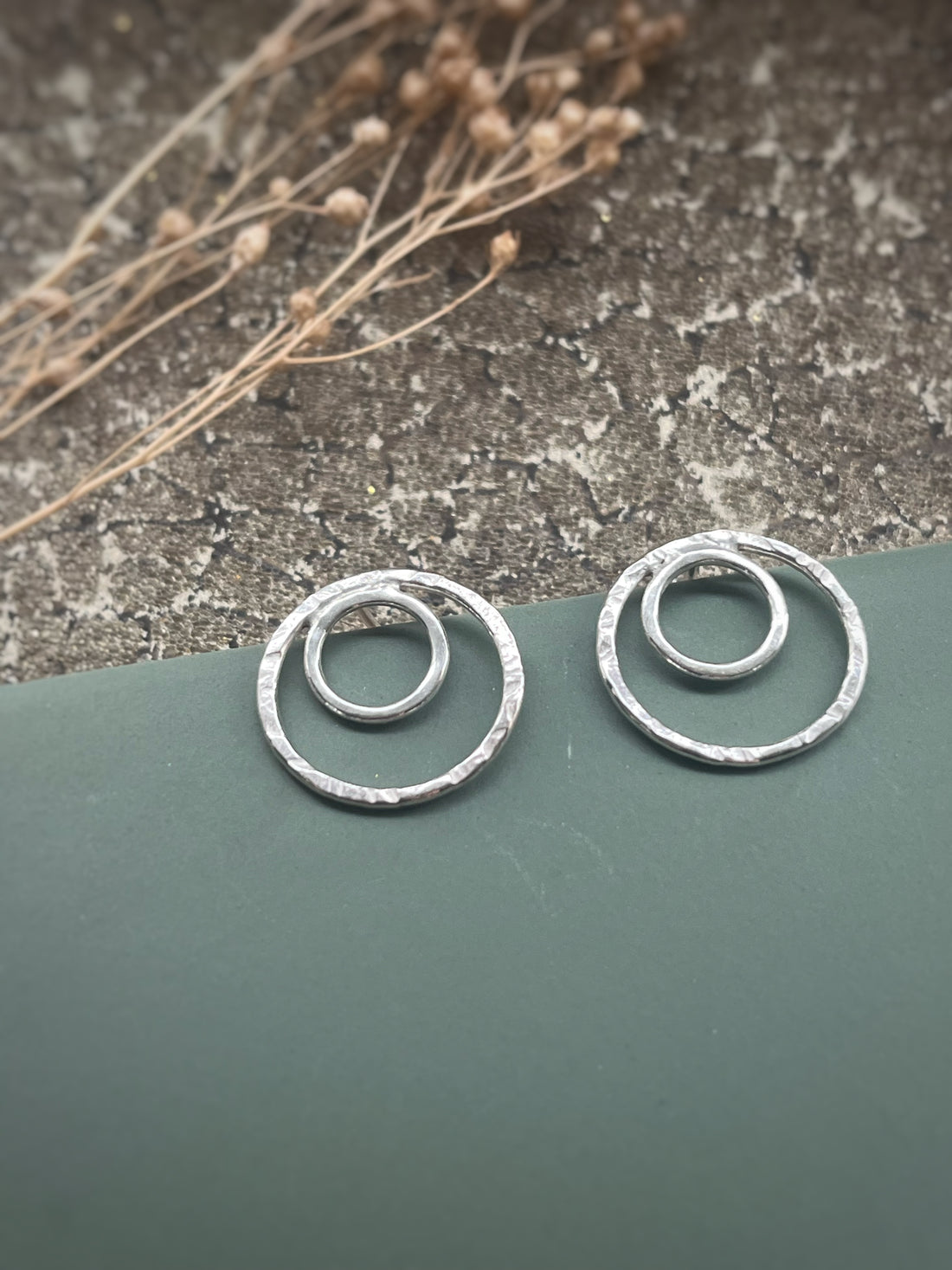
What is sterling silver?
I often make sterling silver jewellery samples before I make my designs in solid recycled gold. Making jewellery in sterling silver is very satisfying! But....
What is sterling silver?
Sterling silver is an alloy composed primarily of silver, with a small proportion of another metal, typically copper. The standard composition of sterling silver is 92.5% silver and 7.5% copper. This combination enhances the durability and strength of the silver, making it more suitable for a variety of applications compared to pure silver, which is relatively soft and prone to damage.

What is an alloy?
An alloy is a mixture of two or more elements, where at least one of the elements is a metal. The purpose of creating an alloy is to combine the desirable properties of the constituent elements to produce a material that has enhanced characteristics compared to the individual elements on their own.
Common Examples of Alloys:
Steel: An alloy of iron and carbon, often with other elements like chromium, nickel, or manganese. Steel is stronger and more durable than pure iron.
Brass: An alloy of copper and zinc. Brass is more malleable than pure copper and has a lower melting point, making it easier to work with.
Bronze: An alloy of copper and tin. Bronze is harder and more resistant to corrosion than pure copper.
Sterling Silver: An alloy of silver and copper, as mentioned earlier. Sterling silver is harder and more durable than pure silver

Characteristics of Sterling Silver:
Composition: 92.5% silver and 7.5% other metals, usually copper.
Durability: The addition of copper increases the hardness and strength of the metal, making it more resilient to wear and tear.
Colour: Sterling silver has a bright, shiny appearance, though it can tarnish over time due to the presence of copper.
Uses: Commonly used for jewelry, cutlery, decorative objects, and various household items.
Marking: Authentic sterling silver items are often marked with a stamp such as "925," "Sterling," or "Ster" to indicate their quality.
Advantages of Sterling Silver:
Versatility: Its durability makes it ideal for everyday items and accessories.
Aesthetic Appeal: The bright and shiny appearance is highly attractive and popular in jewellery.
Value: While not as valuable as pure silver, sterling silver is still considered precious and holds significant value.
Care and Maintenance:
Cleaning: Sterling silver can tarnish over time, so regular cleaning with a silver polish or a mixture of baking soda and water can help maintain its luster.
Storage: Store in a dry, cool place, preferably in a tarnish-resistant cloth or bag to minimise exposure to air and moisture.
Sterling silver strikes a balance between beauty and practicality, making it a favoured material for many jewellery designer makers.
Love handmade solid sterling silver jewellery and want to order a special design?
